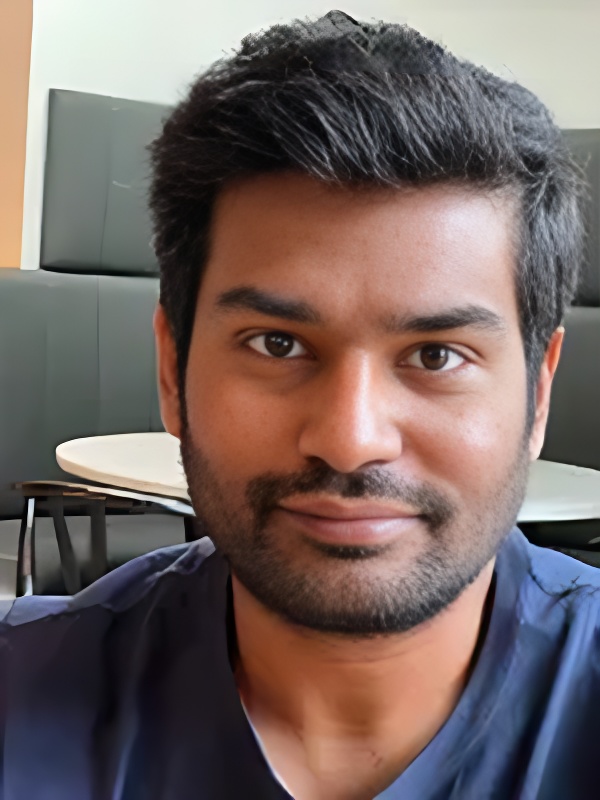Description
Combatting tuberculosis (TB) requires a multifaceted approach that includes both prevention and treatment strategies to effectively control the spread of the disease. Prevention efforts focus on identifying and treating latent TB infection, as well as implementing measures to reduce transmission in high-risk populations. Vaccination with the Bacillus Calmette-Guérin (BCG) vaccine in childhood is a key preventive measure, although its efficacy varies in different populations. Screening for TB infection through tuberculin skin tests or interferon-gamma release assays helps identify individuals at risk of developing active TB. Treatment of active TB involves a combination of antibiotics for an extended period, typically six to nine months, to ensure complete eradication of the bacteria. Directly Observed Therapy (DOT) programs help ensure medication adherence and reduce the risk of drug resistance. Drug-resistant TB strains pose a significant challenge, requiring specialized treatment regimens with second-line antibiotics and close monitoring.
Summary Listen
- Tuberculosis is a leading cause of death globally, ranking among the top 15 causes of death worldwide in 2022, according to the WHO. Notably, it has surpassed HIV/AIDS as the primary infectious disease causing mortality, particularly affecting adults.
- The disease burden (morbidity) caused by tuberculosis is significant, ranking number 12 globally in 2019. Although COVID-19 temporarily impacted these statistics, tuberculosis is expected to return as a leading infectious cause of morbidity.
- Tuberculosis is caused by the Mycobacterium tuberculosis complex, which consists of acid-fast bacilli. While humans serve as the primary reservoir, animals, especially cows, can also be carriers. The bacteria are most often identified using a modified Ziehl-Neelsen stain where they appear as pink rods.
- Transmission occurs primarily through respiratory droplets from person to person. However, unpasteurized milk can be a source of infection from cows. Certain medical procedures, such as sputum induction and bronchoscopy, and occupations involving animal butchering or dairy farming also pose higher risks.
- Extra-pulmonary tuberculosis, occurring outside the lungs, is generally not communicable, except for laryngeal TB, which remains infectious. Inhaled particles less than 5 micrometers can reach the lower respiratory tract, initiating infection.
Sample Certificate
About the Speakers

Dr. Padmanesan Narasimhan
Digital Health Roster of Experts at World Health Organization, Lecturer School of Public Health & Community Medicine, UNSW, Australia.
Financial Disclosure
Comments
Comments
You must be logged in to leave a comment.